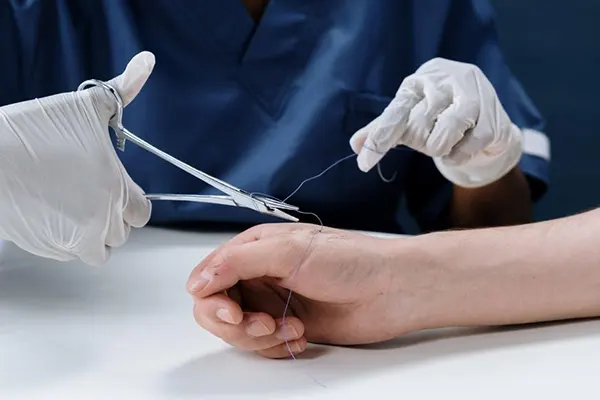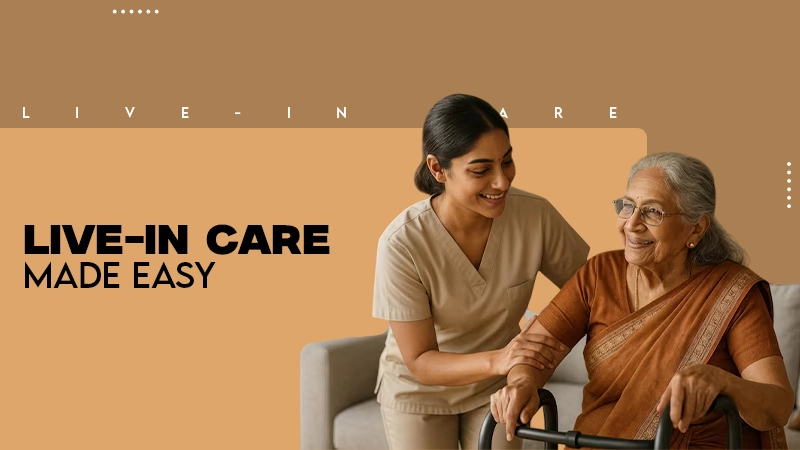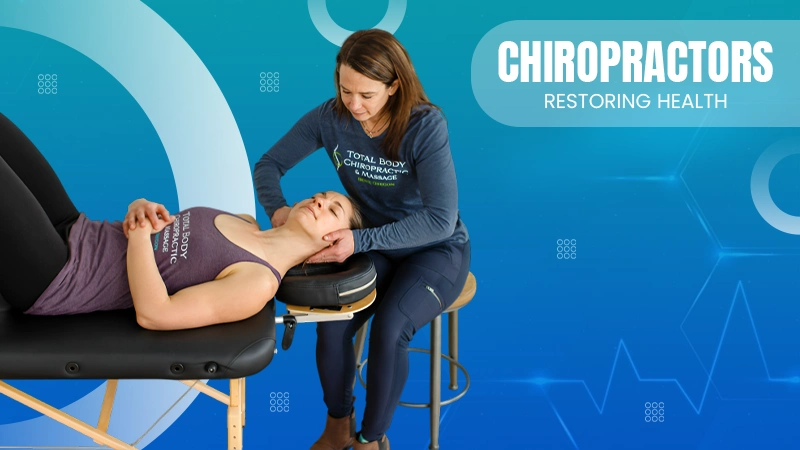- The Importance of Wound Care
- Understanding Wound Healing
- Advances in Wound Care Technology
- The Role of Technology in Patient Outcomes
- The Patient Experience
- Benefits of Advanced Wound Care
- Improved Healing and Recovery
- Enhanced Quality of Life
- Reduced Risk of Complications
- Use of Innovative Technologies
- Better Patient Education and Support
- Future of Wound Care
- Embracing Better Wound Care

Imagine you are in a race, and you fall and scrape your knee. What happens next? You may feel scared and unsure about how to take care of that cut.
This is where wound care comes into play. Advances in wound care have made it easier for both patients and healthcare providers to manage injuries better.
These advances not only help in healing wounds faster but also improve overall patient outcomes, ensuring that people can get back to their daily activities without delays.
The Importance of Wound Care
Wound care is essential for anyone who suffers from cuts, abrasions, or surgical injuries. Every year, millions of people experience wounds that require some form of treatment.
Proper wound care can prevent infections, reduce healing time, and lead to better recovery experiences overall. When healthcare providers understand the significance of wound care, they can offer better guidance and support to their patients.
Understanding Wound Healing
Wound healing is a complex process that consists of several stages: hemostasis, inflammation, proliferation, and remodeling. Each stage plays a critical role in how quickly and effectively a wound heals. In the past, wound care often focused on cleaning and dressing wounds, but new technologies and methods have evolved to enhance healing.
For instance, researchers have discovered that some types of dressings can promote faster healing. These dressings maintain moisture and provide a protective barrier, allowing the body to focus on healing. By using these advanced materials, patients can experience quicker recovery times and fewer complications.
Advances in Wound Care Technology
There are many exciting advancements in wound care technology that are changing how healthcare providers treat injuries. For example, Sharp Debridement is a method where dead tissue is carefully removed from a wound to promote healing. It is not just about making the wound look better but also about speeding up the healing process.
Another example is the use of bioengineered skin substitutes. These products are designed to mimic natural skin and help cover wounds that are deep or slow to heal. They provide a scaffold for new cells to grow, promoting faster recovery and better cosmetic results.
The Role of Technology in Patient Outcomes
As technology continues to advance, the way we understand and manage wounds has improved dramatically. Digital tools help healthcare providers track wound healing progress more efficiently.
Using specialized apps and software, doctors can analyze how different treatments work for individual patients. This personalized approach means that treatment plans can be more effective and tailored to the patient’s needs.
Telemedicine is another exciting development. Patients can consult with healthcare providers remotely, which is beneficial for those who may have difficulties traveling to appointments. This improvement means that patients can get timely advice and treatment suggestions without leaving their homes.
The Patient Experience
Success in wound care is not only determined by the technology used but also by the patient’s overall experience. Patients who feel informed, engaged, and supported tend to have better outcomes.
Education about proper wound care practices is crucial. Patients should know why certain methods or products are used and how to care for their wounds effectively.
Healthcare providers play a critical role in this aspect of patient care. Clear and open communication helps patients understand their treatment options.
It also encourages them to ask questions. This open dialogue fosters trust and can make patients feel more comfortable with their healing journey.
Benefits of Advanced Wound Care
The benefits of advancing wound care are numerous. Modern techniques and new treatments help patients heal faster. They also face fewer complications and enjoy better overall outcomes. Below are some of the key advantages of advanced wound care.
Improved Healing and Recovery
One of the most significant benefits of advanced wound care is faster and more effective healing. Modern dressings, therapies, and technologies promote optimal moisture balance and encourage tissue regeneration.
This leads to reduced pain, fewer dressing changes, and a lower risk of delayed healing. Ultimately, patients can return to their normal activities more quickly and comfortably.
Enhanced Quality of Life
Better wound management directly contributes to an improved quality of life for patients. Faster healing means less time spent dealing with discomfort, restrictions, or medical appointments.
Patients experience greater mobility, independence, and confidence as their wounds heal properly. This positive change allows them to focus more on daily life and less on wound-related stress.
Reduced Risk of Complications
Advanced wound care techniques help prevent common complications such as infections, ulcers, and chronic wounds. By using specialized dressings and antimicrobial treatments, caregivers can minimize bacterial growth and inflammation.
Preventing these issues not only speeds up healing but also reduces the need for invasive interventions. This proactive approach ensures safer and more predictable recovery outcomes.
Use of Innovative Technologies
Today’s advanced wound care incorporates cutting-edge technologies that enhance treatment effectiveness. Techniques such as negative pressure wound therapy, bioengineered skin substitutes, and oxygen therapy accelerate healing at the cellular level.
These innovations reduce recovery time and improve tissue regeneration. As technology continues to evolve, wound care outcomes are expected to become even more successful.
Better Patient Education and Support
Comprehensive wound care doesn’t stop at treatment-it also includes patient education. Advanced wound care programs help patients learn to care for their wounds.
They teach how to spot warning signs and keep wounds clean. This guidance empowers patients to take an active role in their healing journey. Ongoing support from medical teams ensures consistent progress and long-term health improvements.
Future of Wound Care
As research continues in the field of wound care, we can expect to see even more improvements. Scientists are exploring stem cells and growth factors for wound healing.
These could change treatments in a big way. With ongoing innovation, patients can anticipate faster, safer, and more effective care.
This ever-evolving field means that healthcare providers will have even more tools at their disposal to help patients. Researchers, healthcare providers, and patients work together to improve wound care. Their collaboration is vital in expanding what can be achieved.
Embracing Better Wound Care
Advances in wound care are transforming the way injuries are treated, offering better outcomes for patients everywhere. From new technologies to improved communication, the benefits are clear.
Understanding the importance of wound care can empower both patients and healthcare providers to work together for the best results. By embracing these advancements, everyone can play a part in ensuring that wounds heal effectively, allowing individuals to return to their lives more quickly.
Please look at our page for more informative and helpful blog posts.








